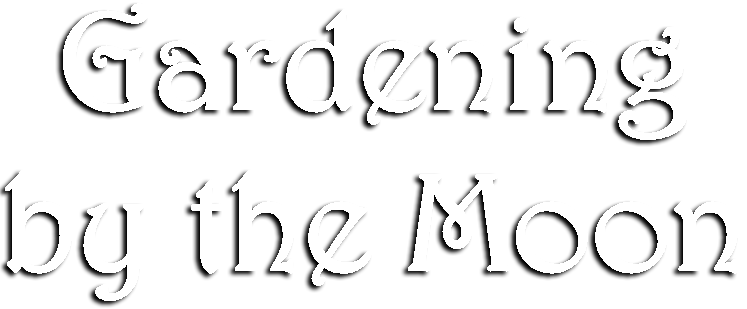How Lunar Planting Works
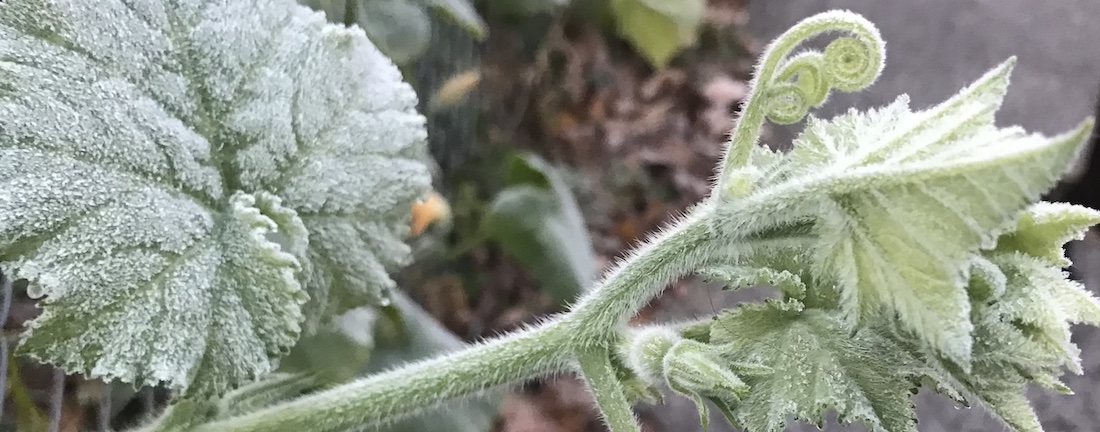
The Force of Gravity
It is well known that the tides follow the lunar cycle, with the strongest tides following the new and full moons. Sun and moon both exert gravitational pull on the earth, but the sun’s pull is weakened by the immense distance.
The same gravitational forces that control the tides move all the smaller waters of our planet (albeit on a less visible scale). The waxing moon pulls water up not only in the water table, but also in the vascular structures of living plants. The waning moon sends water down deep into the water table and into plants’ roots.
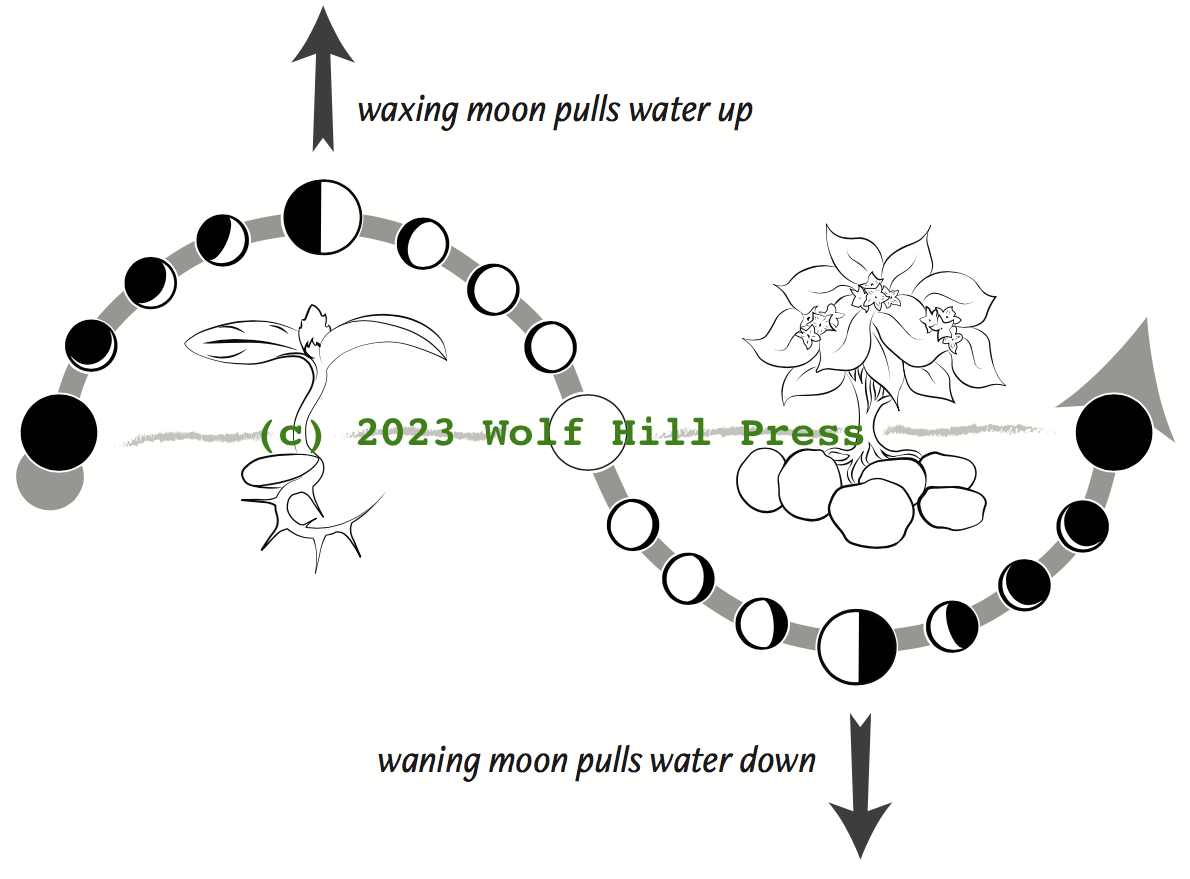
Of course gardening by the moon is a traditional far older than the theory of gravity. Practical-minded subsistence farmers and peasants have followed the same basic guidelines of lunar gardening for millennia in widely disparate places, developing expertise and refining the techniques of moon planting over centuries. It speaks volumes to me that the same principles have been passed down generation after generation in cultures that diverged from each other tens or even hundreds of thousands of years ago.
Different people will give you different reasons to plant by the moon. For me, it is enough that it makes sense somewhere deep in my bones. For the farmer who taught me about planting by the signs, it worked because it got him out to weed several times a month—a chore that always needed doing, but one he didn’t always feel like doing. Other people, preferring hard numbers and data points, will point to the experiments done in the 20th century by such researchers as Dr Harold Burr of Yale) and Dr Lily Kolisko of the Stuttgart Biological Institute.
Where Does Lunar Planting Come From?
Since time immemorial, people have used the cycles of the moon to tell time, keep track of the seasons, and organize their lives. In cultures around the world, it has been common knowledge that some activities are more suited to one phase or another of the lunar cycle. The modern zodiac dates back at least 3000 years in ancient Babylonia (modern day Iraq) and most likely originated as a time-keeping technology.
Many different cultures have kept these planting traditions alive as indigenous sciences of observation and oral histories, passed from one generation of gardeners and seedkeepers to the next. The information presented here has been collected from these folk pathways and, in many cases, has been reified by studies conducted according to the contemporary scientific method. For specific citations and further reading, please see our Citations page.
“The old-time gardeners say, “With the waxing of the moon, the earth exhales. ” When the sap in the plants rise, the force first goes into the growth above ground. […] With the waning of the moon, the earth inhales. Then, the sap primarily goes down toward the roots.”
-Ute York, “Living by the Moon”
Moon Phase and Moon Sign
All systems of lunar gardening are based on phases of the moon, but not all incorporate the zodiac signs. It is up to you if you want to plant by moon phase only, or by phase and sign together.
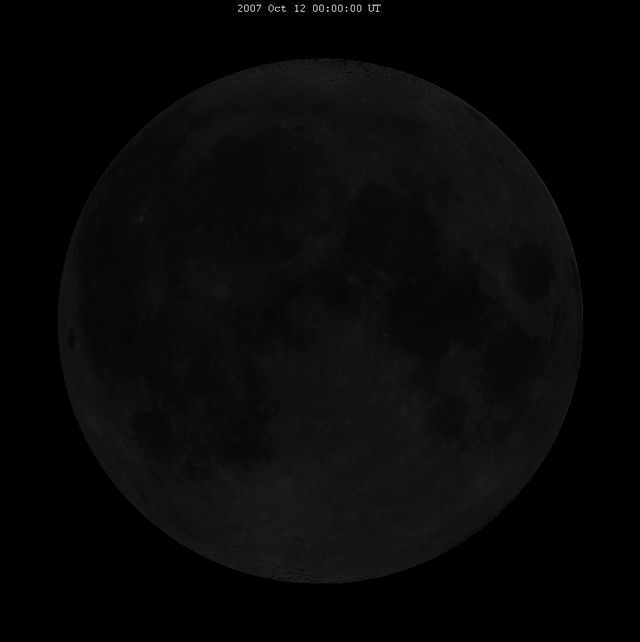
Lunar Phase
Just as the moon’s gravity creates a monthly tidal cycle which pulls on on the water in oceans and animals, the moon’s light gives rise to a monthly growth cycle in plants.
Plants peak in activity just before and during the full moon as the moon grows larger and more present in the night sky. More light falls on new seedlings, ground water is closer to the surface, and plants grow more quickly.
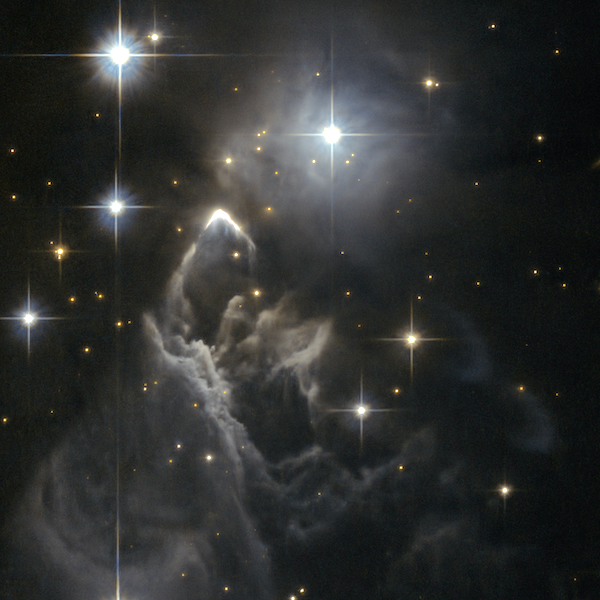
Lunar Sign
Overlapping and interacting with the cycle of waxing and waning is the particular sign the moon is in at any time. The moon transits from one sign to the next every few days, and over the course of a month will go through all twelve.
The rules for what to do under which sign were codified over generations of farmers observing not only in the plants in their fields, but also the stars in the sky above them.
Why Garden by the Moon?
Plants sown in the ideal phase and sign combination sprout more quickly, show increased vigor, and recover from setbacks more easily.
Because moon gardening often results in harvests which are not only bigger and more nutritious, but also faster, planting by the moon may allow you to squeeze an extra planting into your beds, allowing for two harvests instead of one, or three harvests instead of two.
Putting it Into Practice
Moon phases are the foundation of all lunar gardening systems, but if you must plant in a less advantageous quarter, you can make up for it by planting under a fertile sign.
You will probably have to choose some activities to do by the moon, and some to fit in where you can. I can’t often plant every single one of my plants under the best sign, so I prioritize the crops that are most important to me—my favorite annuals, or fruit trees and other plants that will bear for many years. A seed planted under the wrong sign will always do better than one lingering on a shelf, waiting for the ideal planting phase and sign combination to come along.
One thing to note is that gardening by the moon works best in combination with organic gardening practices. While we at Wolf Hill would recommend organic, earth-friendly practices at any time, moon gardening has been shown to be most effective in organically maintained soil.
article and diagrams © 2023 Wolf Hill Press; photographs public domain or © Wolf Hill Press

